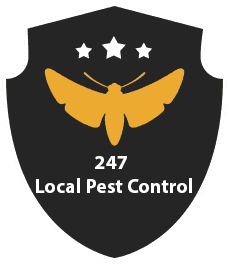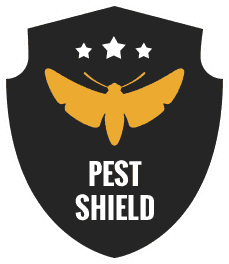Introduction to Lawn Pest Control
Maintaining a lush, vibrant lawn goes beyond mere aesthetics—it's about preserving the health and longevity of your outdoor space. Here's why effective pest control is essential:
Beauty and Longevity: A well-maintained lawn enhances the beauty of your property, providing a lush backdrop for outdoor activities and gatherings. By keeping pests at bay, you safeguard the health and longevity of your lawn, ensuring it remains green, vibrant, and inviting year-round.
Common Lawn Pests: Lawns are susceptible to various pests that can wreak havoc on their health and appearance. Common offenders include grubs, which feed on grass roots, ants that disrupt soil and create unsightly mounds, fleas and ticks that pose health risks to pets and humans, and rodents that damage turf and landscape features.
By understanding the importance of maintaining a pest-free lawn and recognizing the types of pests that can infest your outdoor space, you can take proactive steps to protect and preserve your lawn's beauty and vitality for years to come.
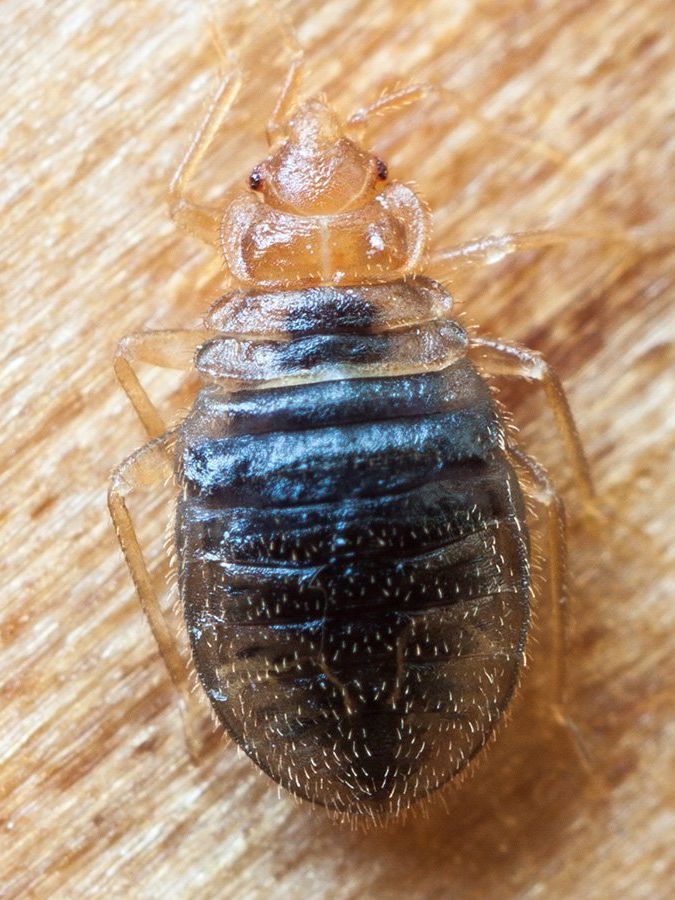
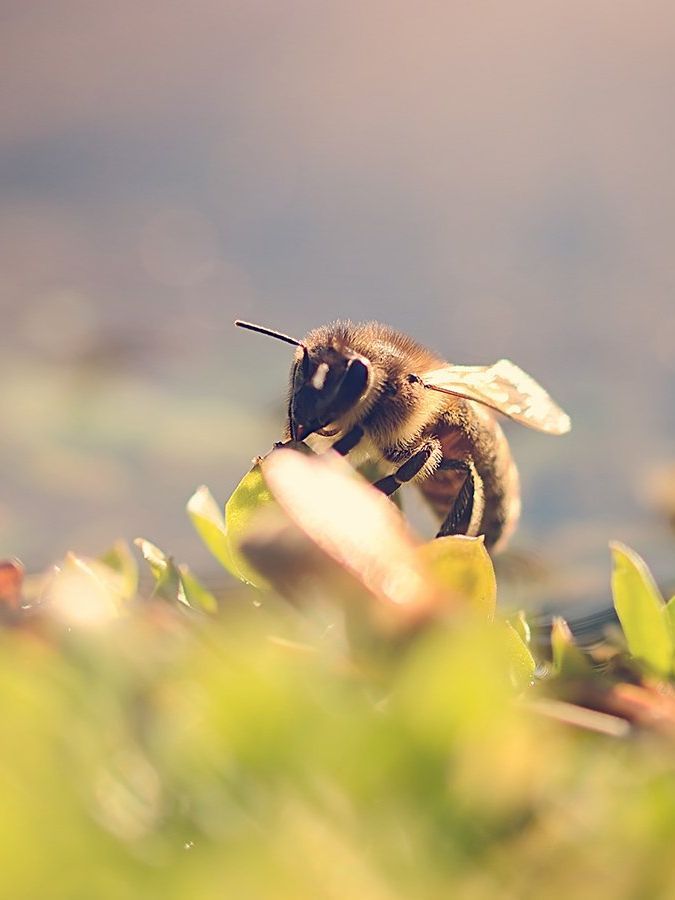
Signs of Lawn Pest Infestation
- Brown Patches: Brown or dead patches of grass can indicate various pest infestations, such as grub damage or fungal diseases transmitted by pests.
- Chewed Leaves: If you notice leaves or blades of grass with irregular edges or chew marks, it could be a sign of chewing pests like caterpillars, grasshoppers, or beetles.
- Tunnels: Tunnels or burrows visible in the soil may indicate the presence of burrowing pests such as moles, voles, or ground-dwelling insects like ants or beetles.
- Mounds of Dirt: Mounds or piles of dirt on the lawn's surface may be created by burrowing pests like moles or by ants constructing their nests.
- Grubs: Grubs are the larval stage of beetles and are commonly found beneath the soil surface. Lift a section of turf and inspect the soil for creamy-white, C-shaped grubs. Increased presence can lead to brown patches and weakened grass.
- Ants: Ant infestations may be identified by visible ant trails along pathways or on trees and structures. Look for ant mounds or nests near the lawn's edge, particularly in moist or shaded areas.
- Fleas and Ticks: Pets scratching excessively or visible fleas on their fur can indicate flea infestations in the lawn. Ticks may be found on vegetation near the ground, waiting to attach to passing hosts.
- Rodents: Rodent infestations can be identified by burrows or tunnels in the lawn, as well as gnaw marks on plants or structures. Look for droppings or tracks near feeding areas, such as bird feeders or garbage cans.
By recognizing these signs and identifying specific pests, homeowners can take appropriate action to address pest infestations and protect the health and appearance of their lawns. Regular monitoring and prompt intervention are key to preventing further damage and maintaining a pest-free outdoor environment.
Types of Lawn Pests
Chinch Bugs:
Characteristics: Small insects (about 1/6 inch) with black bodies and white wings.
Behavior: Chinch bugs feed on grass blades, injecting toxins that cause grass to turn yellow, then brown and die.
Habitat: Found in warm, sunny areas of lawns, especially in dry conditions.
Sod Webworms:
Characteristics: Larvae of small, light-colored moths with a wingspan of about 3/4 inch.
Behavior: Sod webworm larvae feed on grass blades, creating irregular patches of dead or brown grass.
Habitat: Found in lawns with lush, thick grass, particularly in warm climates.
Mole Crickets:
Characteristics: Large, brownish insects with shovel-like front legs for digging.
Behavior: Mole crickets tunnel through soil, damaging grass roots and causing sections of turf to become spongy or collapse.
Habitat: Thrive in moist, sandy soil, often found in lawns with excessive thatch or poor drainage.
Moles:
Characteristics: Small mammals with cylindrical bodies, velvety fur, and strong front legs for digging.
Behavior: Moles tunnel underground in search of earthworms and grubs, creating raised ridges or mounds of soil on the lawn surface.
Habitat: Prefer moist, loamy soil and are commonly found in lawns with abundant earthworms.
Voles:
Characteristics: Small rodents resembling mice, with stocky bodies, short tails, and small eyes and ears.
Behavior: Voles feed on grass roots and bulbs, creating shallow surface runways and gnawing on plant stems.
Habitat: Often found in lawns near wooded areas, gardens, or ornamental plantings.
Understanding the characteristics, behaviors, and habitats of these common lawn pests is essential for effective pest management. By identifying the signs of pest infestations and implementing appropriate control measures, homeowners can protect their lawns from damage and maintain a healthy, vibrant outdoor space.
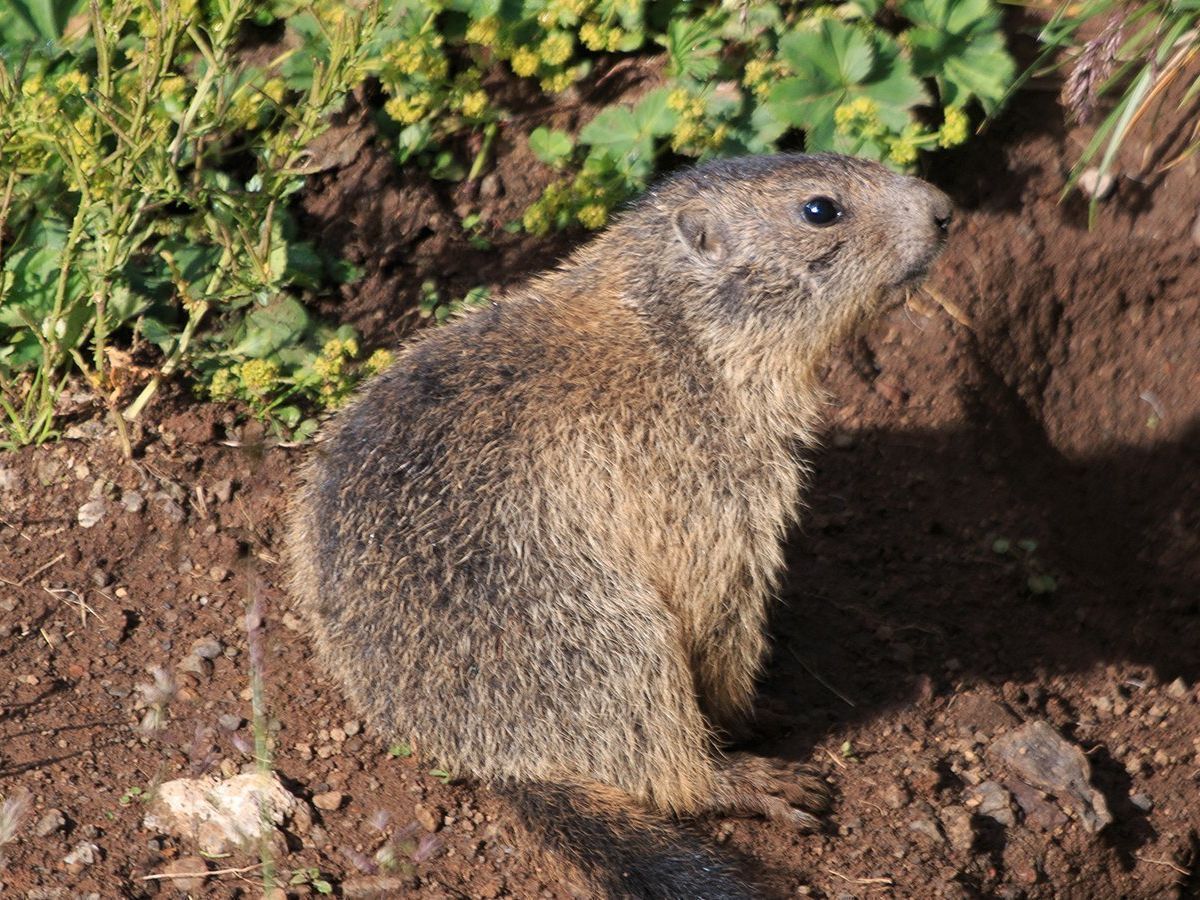
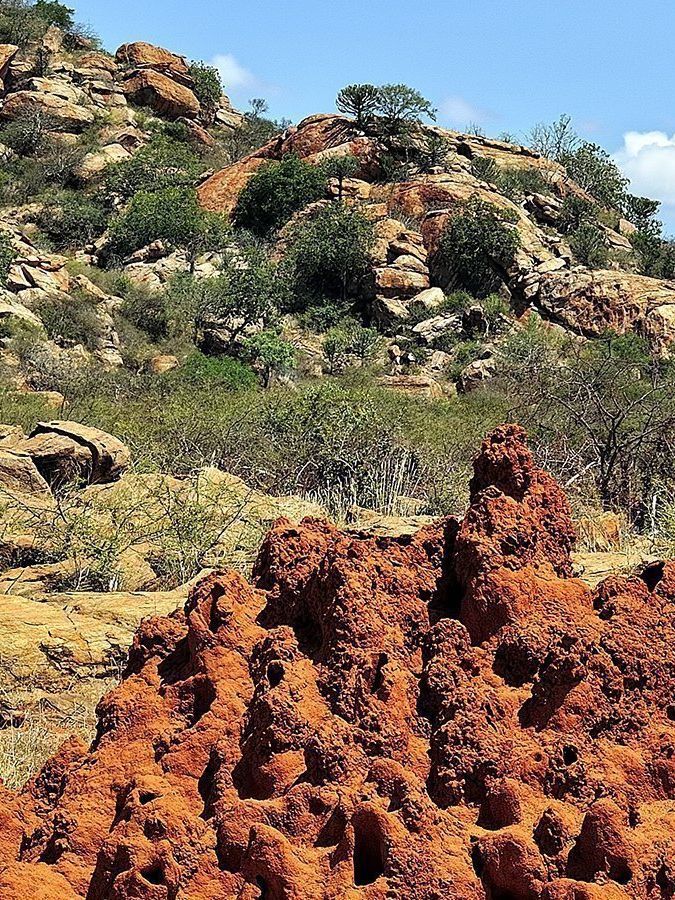
Integrated Pest Management (IPM) Approach
Integrated Pest Management (IPM) is a holistic and environmentally friendly approach to pest control that aims to minimize the use of pesticides while effectively managing pest populations. Here's how IPM can be applied to lawn pest control:
Introduction to IPM:
IPM emphasizes the use of multiple pest control strategies in combination to achieve long-term pest management. The goal of IPM is to prevent pests from becoming established, reduce their populations, and minimize the risks to human health and the environment.
Components of IPM:
a. Monitoring: Regular inspection and monitoring of the lawn to identify pest populations, assess pest damage, and track changes over time.
b. Cultural Practices: Implementing lawn care practices that promote healthy turf and reduce pest habitat, such as proper mowing, watering, fertilization, and aeration.
c. Biological Controls: Introducing natural predators, parasites, or pathogens that target specific pests to help control their populations. This may include releasing beneficial insects or using microbial pesticides.
d. Mechanical Controls: Physical methods for managing pests, such as hand-picking pests, removing affected plant material, or installing barriers to prevent pest access.
e. Chemical Controls: The judicious use of pesticides as a last resort, targeting specific pests while minimizing risks to non-target organisms and the environment. Selective pesticides and low-toxicity formulations are preferred in IPM.
Implementation of IPM for Lawn Pest Control: Begin with thorough monitoring and identification of pest species and their lifecycle stages. Implement cultural practices to create unfavorable conditions for pests and promote healthy turf growth. Introduce biological controls, such as beneficial nematodes or predatory insects, to target pest populations. Use mechanical controls, like removing thatch or improving drainage, to reduce pest habitat. When necessary, apply targeted pesticide treatments only to areas with confirmed pest activity, following label instructions and considering non-chemical alternatives first.
By adopting an IPM approach to lawn pest control, homeowners can effectively manage pest populations while minimizing reliance on pesticides and promoting a healthy, sustainable lawn environment. Regular monitoring, cultural practices, and the integration of multiple control methods are key to successful IPM implementation.
247localpestcontrol.com is a referral service that connects you with pest control service providers in your area. All pest control providers are operated independently of 247localpestcontrol.com. It is the responsibility of each user to verify that the pest control provider connected with meets all licensing and insurance requirements in that jurisdiction.
The photos on the 247localpestcontrol.com website are for design purposes only and do not represent the actual pest control services provided in your area.
Please note that pest control services may not be available in all areas, and when available, the services may vary depending on the providers available. 247localpestcontrol.com does not guarantee the availability of any specific pest control service or provider in your area.
It is recommended that you thoroughly research and vet any pest control service provider before hiring them to ensure that they meet your specific needs and requirements. 247localpestcontrol.com is not responsible for any issues or damages resulting from the services provided by any pest control service provider connected through our referral service.
